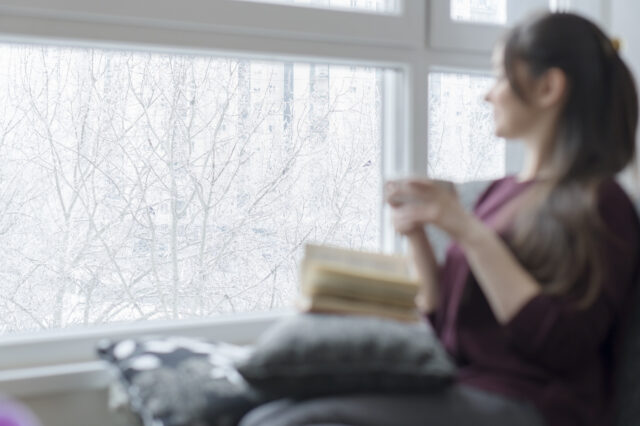Shorter days could be trigger for winter blues
Seasonal affective disorder is a type of depression that occurs around the same time every year.

Some people believe that seasonal affective disorder, often called the “winter blues,” is unlikely in Florida where winter temperatures hover around 65 degrees. However, the change in temperature has very little to do with SAD.
Seasonal affective disorder is a type of depression that occurs around the same time every year. There are two types, and the most common type is fall onset. It usually starts when the days get shorter around September. The depressive symptoms begin lasting until the days get longer. It has as much less to do with the temperature or the weather but more so with the daylight hours — that seems to be the triggering factor.
Symptoms of seasonal affective disorder include increased sleep, increased appetite with carbohydrate cravings, increased weight gain, irritability, interpersonal or relationship difficulties and leaden paralysis (feeling weighed down in your arms and legs). SAD is a recurrence of depressive symptoms that occur around the same time each year, and it has to have occurred for at least two years.
There are number of treatments for SAD such as light therapy, anti-depressants and cognitive behavior therapy. Providers at UF Health Psychiatry prefers light therapy because there are less side effects. Some studies show that light therapy is as effective as the anti-depressants, and new information is coming out that the cognitive behavior therapy is just as effective.
Cognitive behavior therapy, or CBT, is used to help people identify negative thoughts and behaviors that may be causing them to be depressed. A component of CBT is behavioral activation, which encourages those with seasonal affective disorder to find enjoyable winter activities to engage in so they don’t isolate themselves and hibernate inside.
Part of behavioral activation is getting outside and getting that early morning sun and doing some of the natural things like eating well and exercising. Cognitive restructuring (confronting negative thoughts with reality based evidence) and relapse prevention (identify negative thoughts and behaviors and make a plan to cope) are also recommended methods of treating SAD.
If you are experiencing symptoms of seasonal affective disorder or depression, visit UFHealthJax.org/psychiatry or call 904-244-0411 to schedule an appointment.